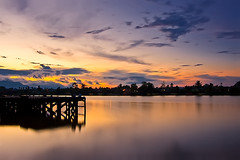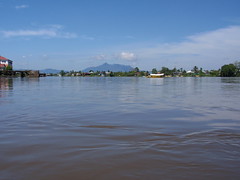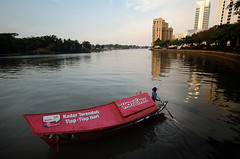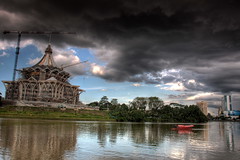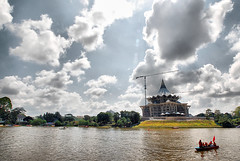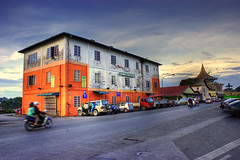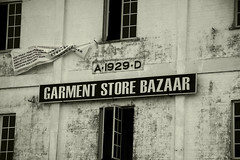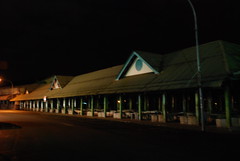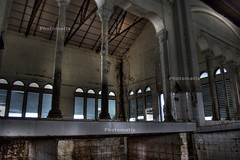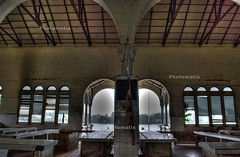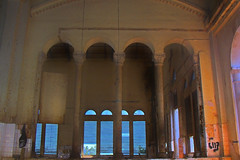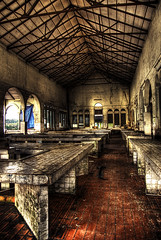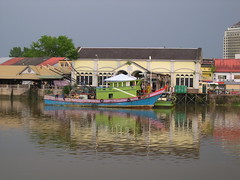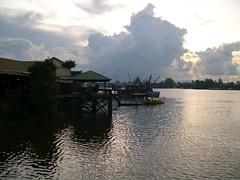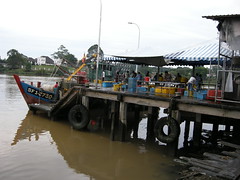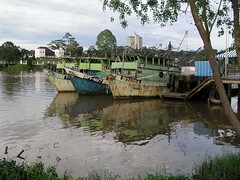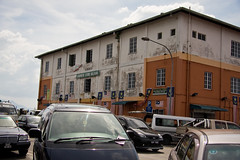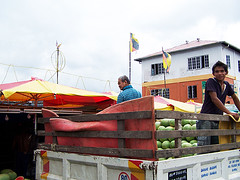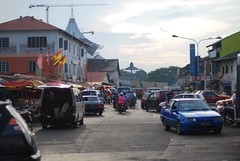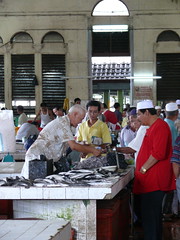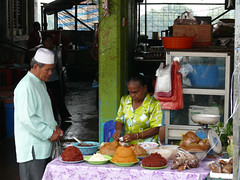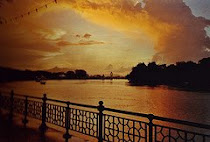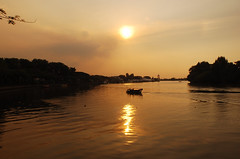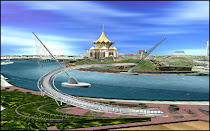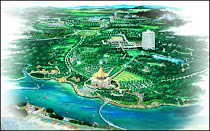When I think about the relationship between city and architecture, I think of democracy. Architecture can be the representation of a community. We can grasp this concept when there is an absence. When the Buddhas in Afghanistan or the Twin Towers in New York were destroyed, or the Golden Dome of Samarra in Iraq disappeared, or the synagogue in Dresden was destroyed by Nazis, there was a feeling of absence, of lack, of vacuum. Such events, after which architecture no longer exists, help us better understand its importance. Even when they are ugly, don't function or are aesthetically horrible, buildings are the representation of society.
Architecture can - or rather must - have an effect on society. Because what we architects do is try to build a set in which people are the actors. Architecture cannot be independent of people, because if we imagine a city without people, or people without architecture, there is an evident absence. Human beings are obliged to live together with their architecture. s0 we design a set in which the actors perform, and if this set does not allow their entrances and exits, or the culmination of the action, everything collapses.
If you say to an inhabitant of Paris's banlieue that the buildings should be demolished because they are ugly, he will respond that, yes, they are ugly, but he doesn't want another typology. And you think: 'How come, they're ugly, you live badly, you've burnt the stairs, the lifts don't work, the landings are a disaster, why do you want them?' And he replies: 'Because we were born here'. He has performed his human comedy in the set that was offered him, even if in the worst possible place. There is a challenge of sensitivity here, because you know you have to destroy this set so as not to perpetuate these places of desperation, but at the same time you have to find a way to enable the transition, There is no building that can be annulled in an instant.
When I do a project I speak of 'geography' and not of landscape. There are three components in geography, but we architects usually tend to ignore at least two of them. The first component is the landscape, then there is the economy and the third is the human being. These three things are essential for proceeding toward a better understanding of what we are doing. So geography has taken on a fundamental importance. I started talking about geography 20-odd years ago without knowing what the outcomes would be. The architect is never a theorist, but rather someone who has an idea, forgets it the next day and does something else, I used 'geography' because it was more useful to me, in that I substituted it for 'morphology'. Rather than making a territorial, topological, topographical analysis of places, I used a concept, geography, which yielded greater complexity.
I also think it is necessary to talk of 'context'. There are extreme positions, the mythomaniacs of context or those who hate it. I'm not for 'fuck the context' or 'context is best'. I'm for the idea that context exists.
Another word I use a lot along with geography is 'horizon': you move the horizon, raise it, lower it, then turn it around. It's like cinema, Rossellini used to say: 'I'm never behind the camera, only in front'; he never looked through the viewfinder. Technique is useful until you understand it, after that you no longer use it.
Bruno Zevi told me that it was not enough to be a great architect. There is something more: to be a good architect, with interest in the greater complexity of society. I think the architect ought to resume the role of connecting those parts of society that are no longer together. We ought not to dream up visions of a future world [though no one forbids it], but rather begin to revisit the initial problem: how can the architect help many different people live together without killing one another, without insulting one another, with respect and resources for all? Of course one can't resolve everything alone, but we have to start becoming part of that process. The architect should be like Brunelleschi, who was greeted when he walked around Florence; like Masaccio, like Tintoretto, who were part of a community. As a profession, we have to go back to being part of a community.
Massimiliano Fuksas was speaking with Richard Burdett
Article taken from
Cities, Architecture and Society: 10th International Architecture Exhibition - Venice Biennale 2006, Volume 1






